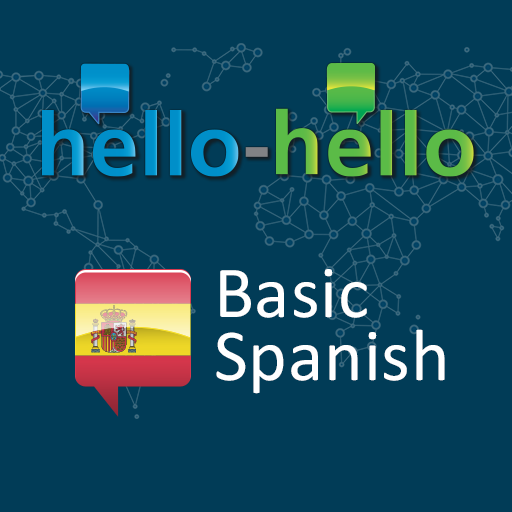You love someone, or are in love already. And also, you are learning Spanish. Great! As Valentine’s Day is just a few days apart you would not want to miss this day to express your love to your special one.
Making Valentine’s Day unique is something that everyone wishes to do. After all, it is all about you and your capability to tell someone that how special he/she is?
And expressing that feeling in a language that you are learning also makes it more exciting.
So, let us get started with this. The following words will surely help you win over your loved one’s heart on this Valentine’s Day.
Acompáñame (Join me, come with me)
You have a class. It means you are the kind who understands the appeal of an invitation. This is the familiar command type, acompaña, of the verb acompañar, along with the addition of the object me to be clear about whom they will be joining. Why the accent mark over the middle “a”?
Well, you are an observant one, and your partner is a fortunate, lucky one. The accent mark requires to be added to ensure the correct syllable is emphasized. In the fundamental command form, “acompaña,” you know to emphasize the second-to-last syllable since, you always emphasize that syllable when a word ends in a vowel, n or s.
The addition of the object, “me,” might throw us off your game, though, so an accent mark is needed. For the dedicated:
acompáñame a (join me for/come with me to)
Acompáñame a cenar (Join me for dinner)
Acompáñame a bailar (Come with me to dance)
Amor (Love, my love), Mi amor (My love)
Use this one to your first term to get acompáñame, amor or acompáñame, mi amor. Including the mi, is a subject of preference, simply like in saying either “join me, darling,” or “join me, my darling.”
Use a dose of sweetness to this term by adding the diminutive suffix – ito in the end, resulting in amorcito. Spanish is famous for forming things sound affectionate with a simple addition like this, but do not overdo it or it risks losing its charms.
Is amorcito used irrespective of whether one is referring to a man or a woman? I’m so glad you’re reading this book. Your intuitive queries are making it better, and I appreciate that. Yes, amorcito is used for both men and women. The short explanation is this the noun for love, amor, is masculine, and love remain love regardless of gender, and therefore so does amorcito.
Te amo, te quiero (I love you)
The next moment you wish to start an argument among your bilingual friends, request them to explain the difference between these two methods of saying you love someone. You have done it, it’s a heckle. You haven’t done it lately though because the memory of the previous time is still too fresh.
There are those who suggest–loudly–that one is more affectionate, real, loaded with emotion and meaning. There are those who are conspired against te quiero due to coming from the root verb querer, which also means “to want,” it can thus, also mean “I want you.”
Use the one you are comfortable with, and rest assured that you are in good company no matter which one you decide is your favorite. For the not-quite-yet-in-love, or the you are, but you do not want to say it yet folks: Te adoro. (I adore you.)
Cariño (Sweetheart, darling, honey)
Everyone wanta more than one term of endearment. Sometimes you may feel like using several sounds or more syllables, and Spanish is just happy to oblige. Like amorcito, cariño stays with its “o” ending irrespective of the gender of your sweetheart, and for usually, the same reason.
Cariño is the noun form for affection, and is suitably used, as is, for both genders. For those who prefer some more c-words: Corazón (heart) is a popular pet name, and is cielo (heaven/sky).
Querido/a (Darling, honey, sweetheart)
With this word gender does matter. Imagine of it this way, querido and querida are adjectives meaning “loved,” and adjectives changes with the gender that they refer to, even when it might be claimed one is basically using them as pronouns.
To be certain, use querido when the person being referred is male, and querida when referring to a female. For those who need a sentence:
Honey, join me for dinner, please = Querido, acompáñame a cenar, por favor
Sweetheart, come dance with me tonight = Querida, acompáñame a bailar esta noche
Tú eres mi razón para vivir (You are my reason for living)
This term is for those who need something longer, more impressive to say than just a pet name, and who are ready and willing to reveal their depth of devotion.
For those who wish the length with less seriousness:
Tú eres mi razón para sonreír. (You are my reason for smiling.)
For those who want the length without seriousness:
Tú eres mi razón para reír. (You are my reason for laughing.)

Learn Spanish Vocabulary with Hello-Hello
Hello-Hello’s iOS and Android apps for learning the Spanish language course offers a unique and engaging learning methodology that is built with animated videos, amazing designed interface, adorable comic characters that put the learner on a fun journey to learn Spanish!
Some of the features of Learn Spanish (Hello-Hello) are
- Animated videos and comic strips
- Games to practice reading and listening skills
- Cleaner and more friendly user interface
- Follow your course progress
- Take notes
- Receive notifications with lesson reminders. The more you practice, the more you learn!
- Receive notifications with new words to build your vocabulary.
iTunes link: https://apps.apple.com/us/app/learn-spanish-vocabulary-hh/id434209208
Google Play Store Link: https://play.google.com/store/apps/details?id=com.Hello_Hello_Spain

